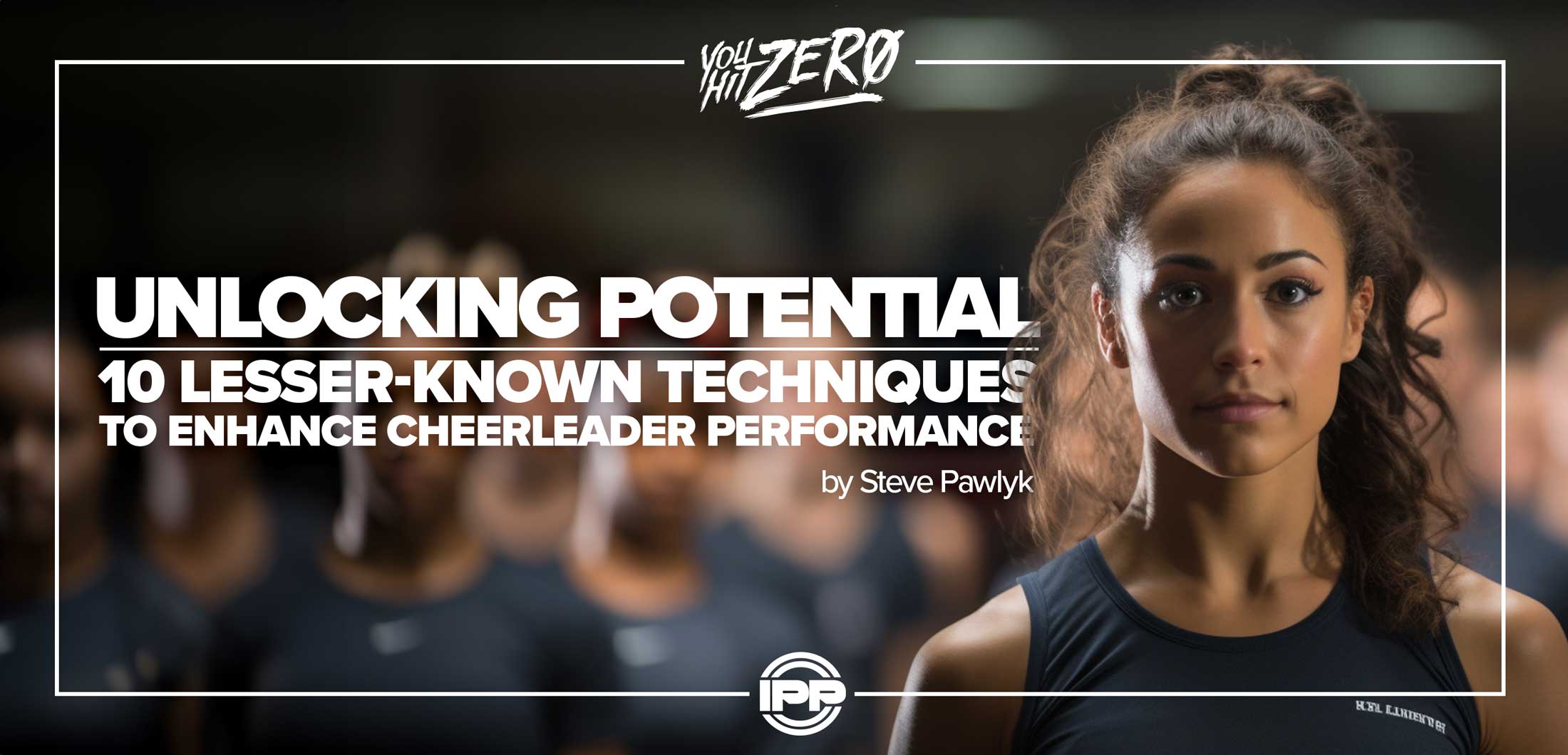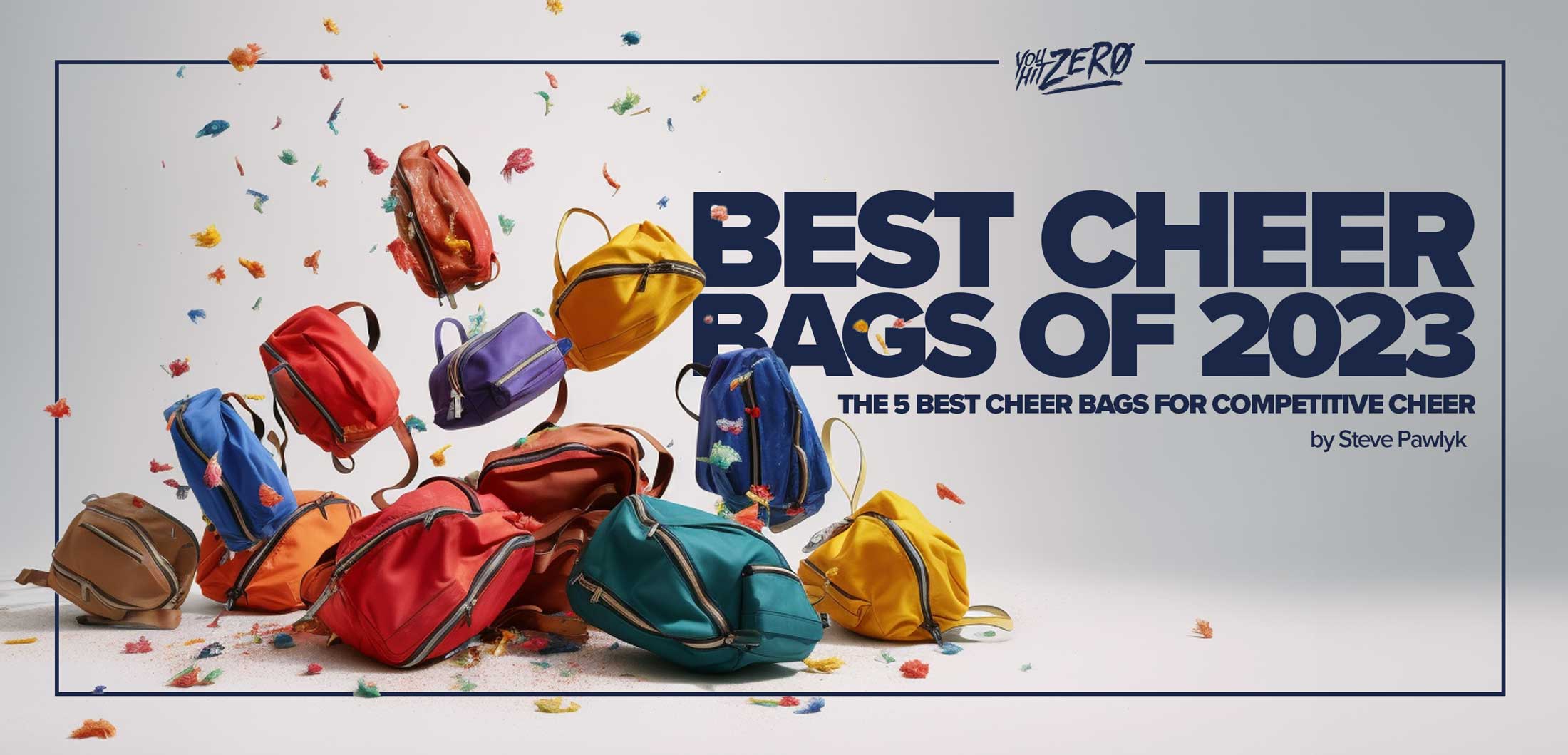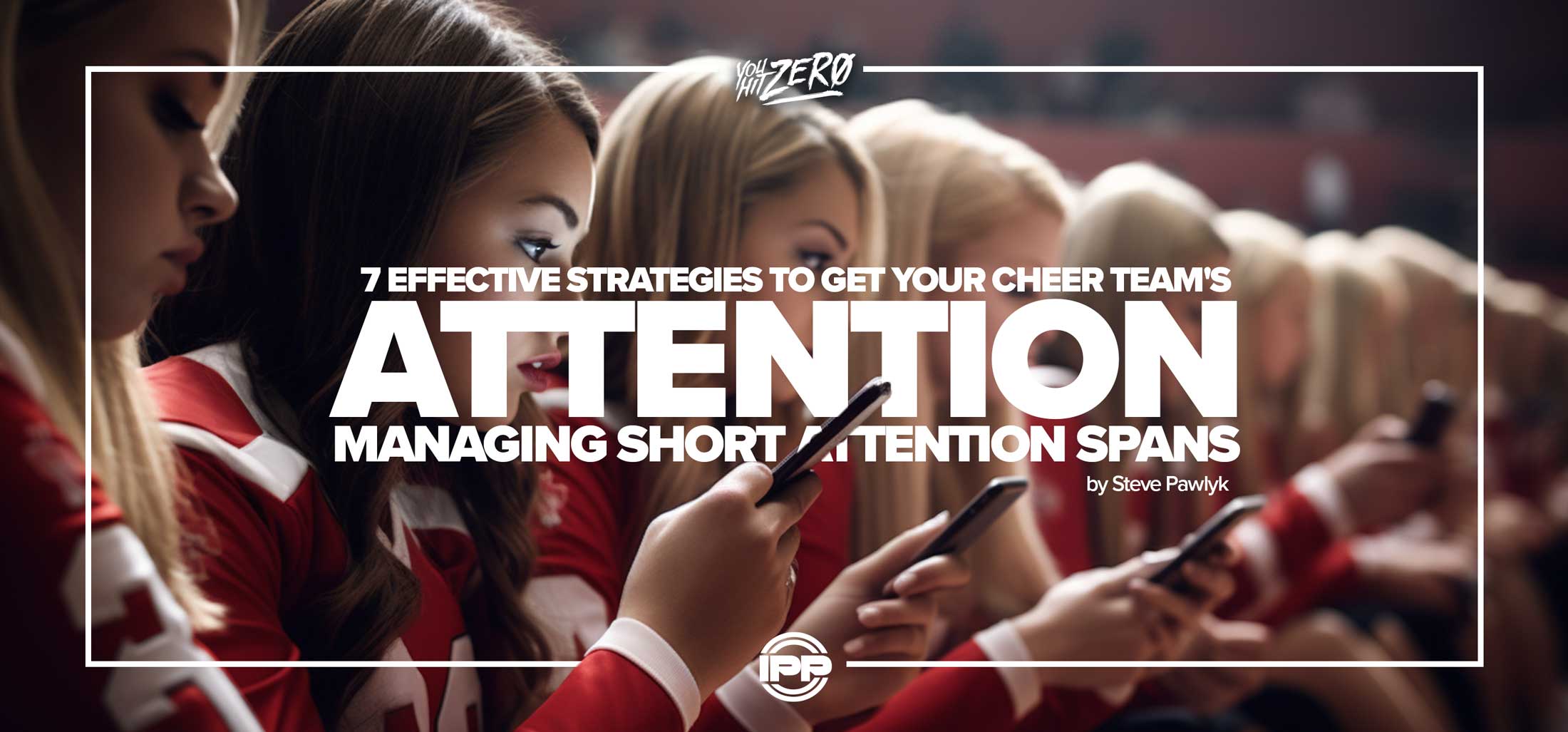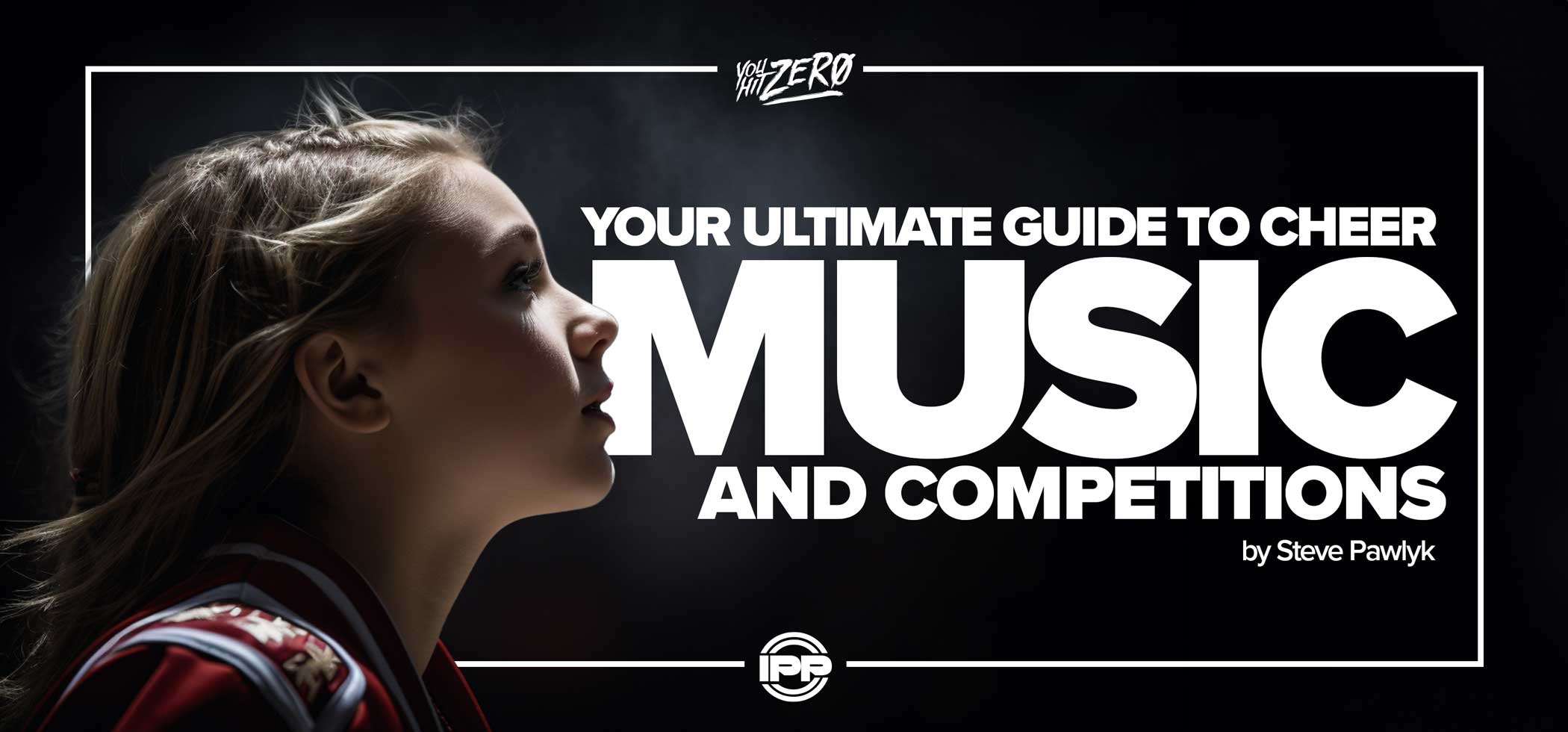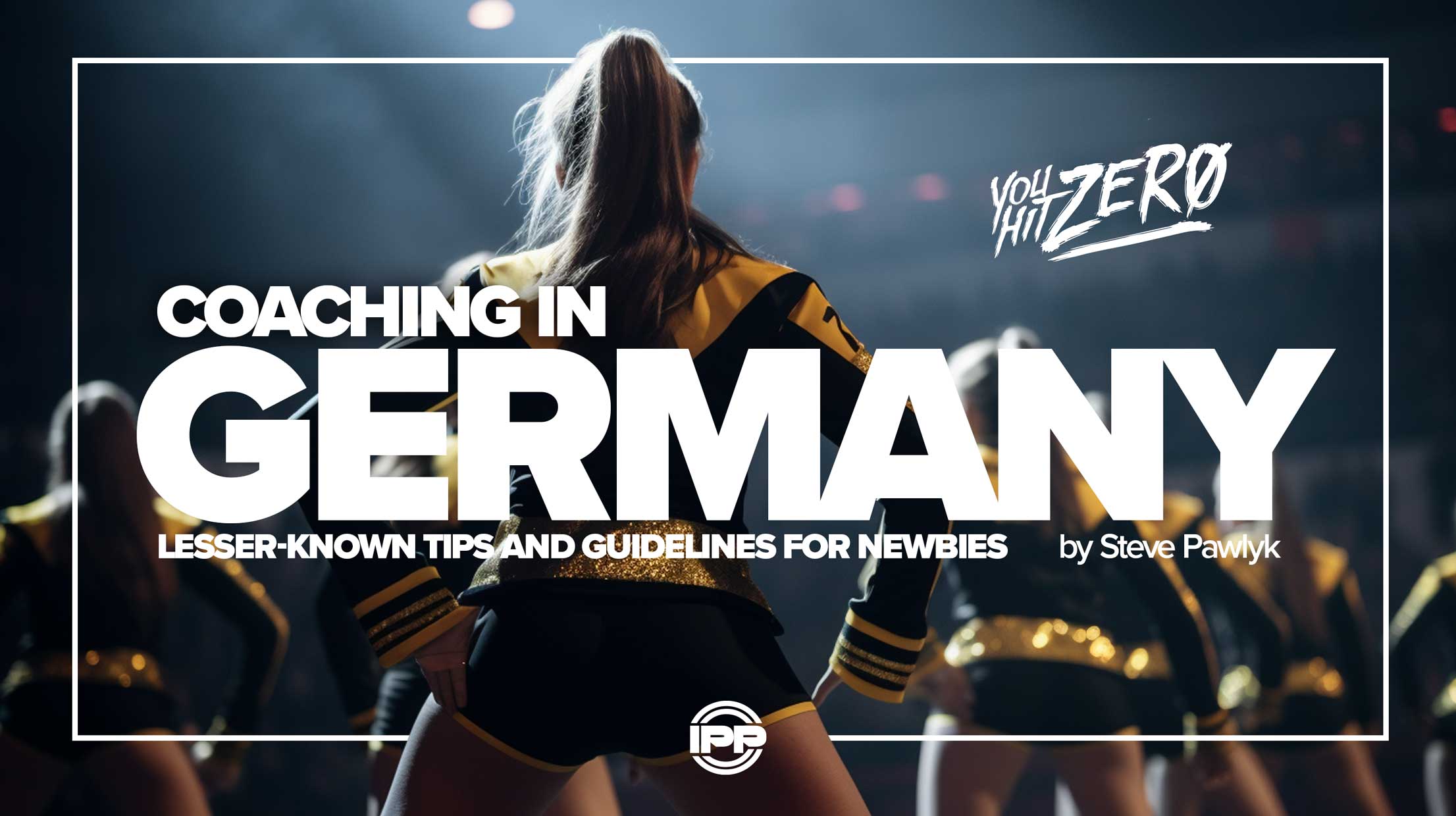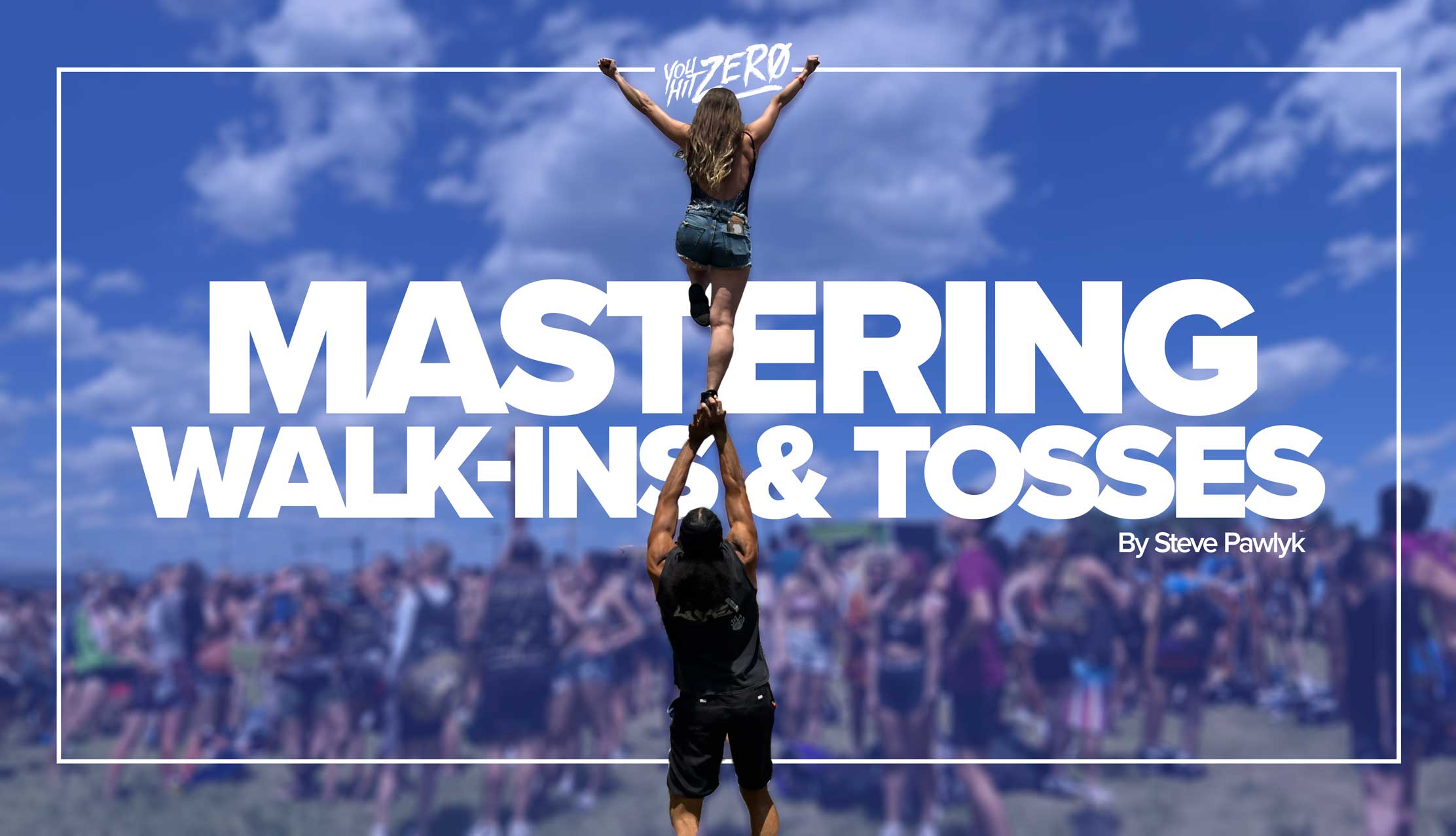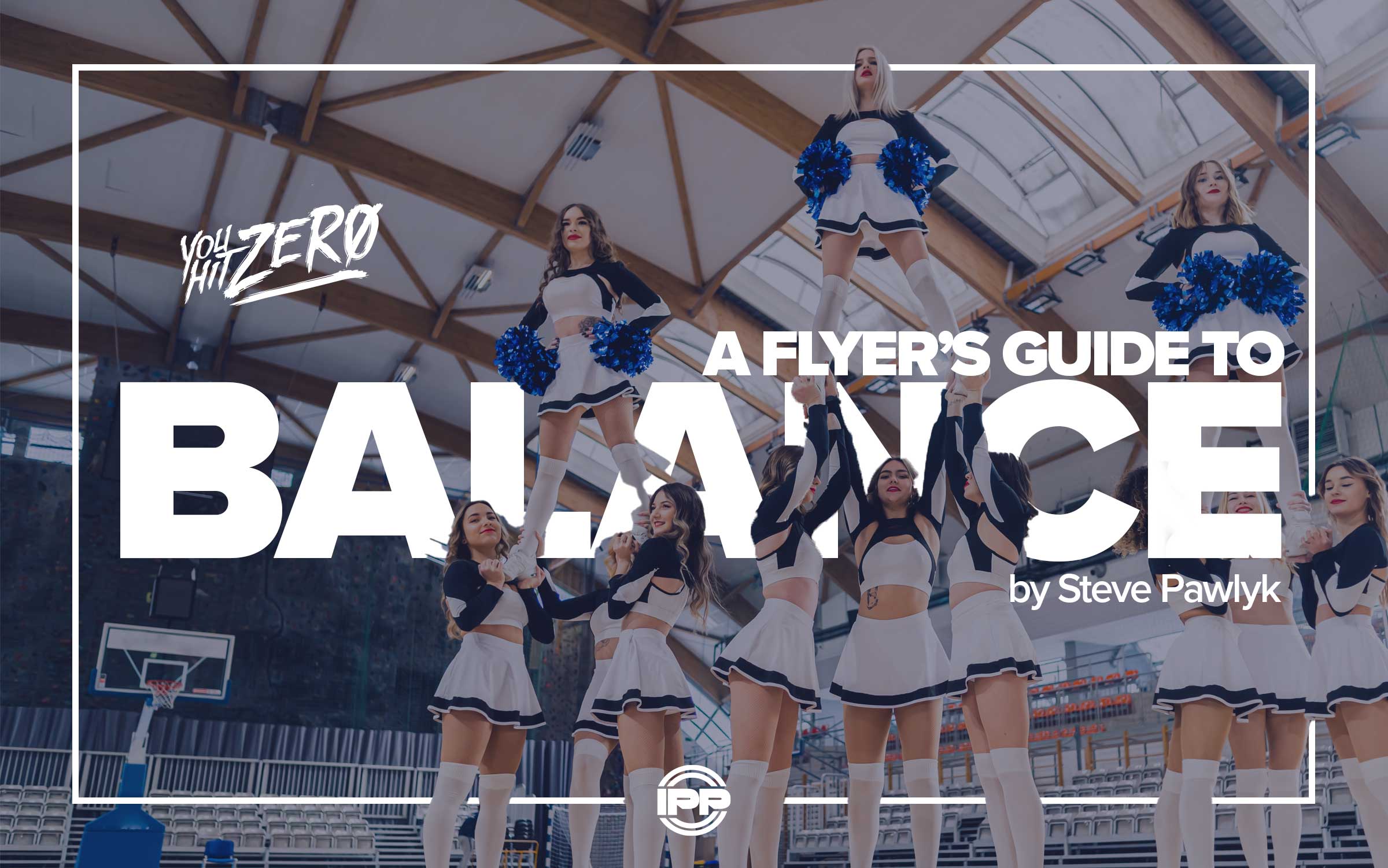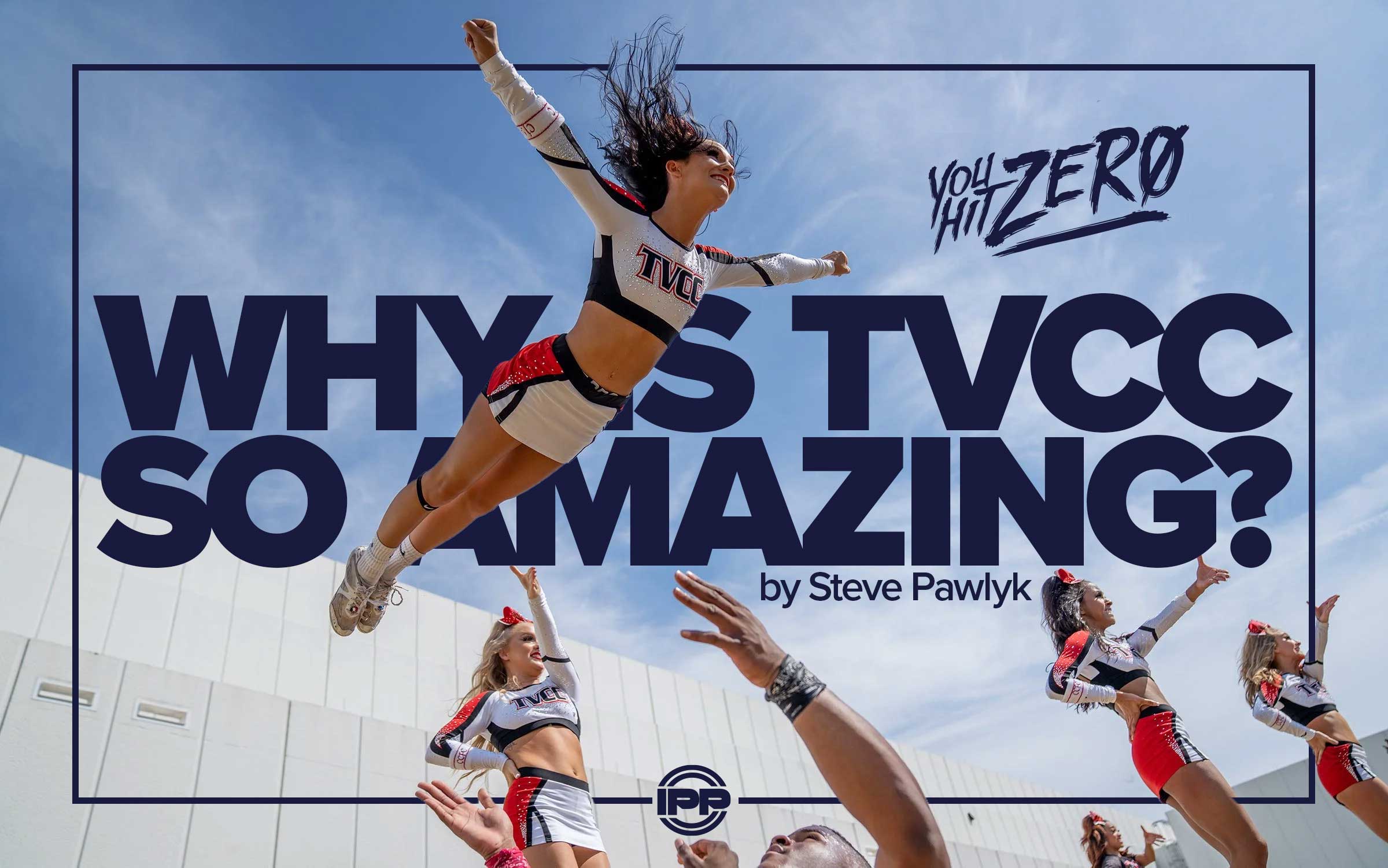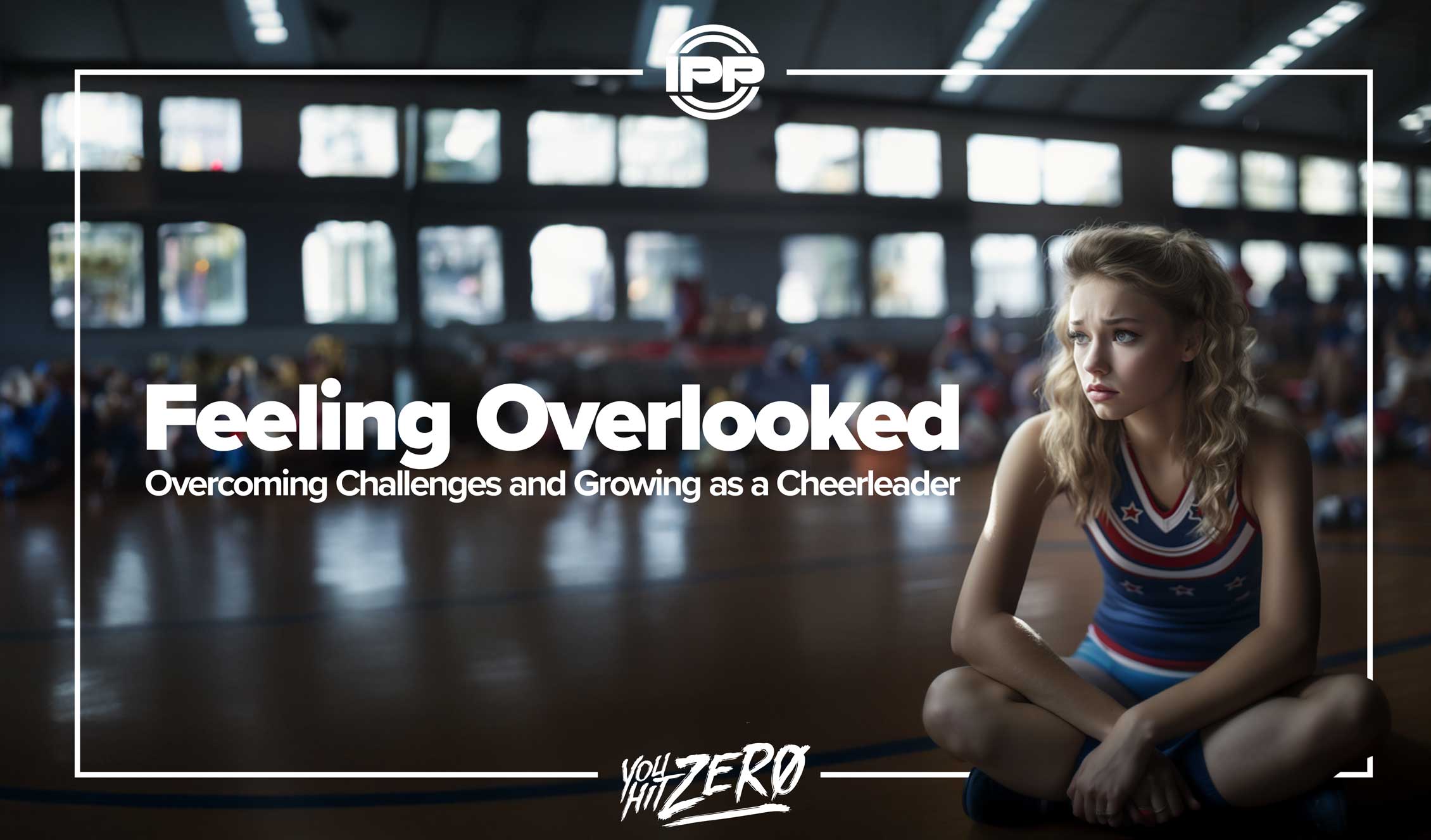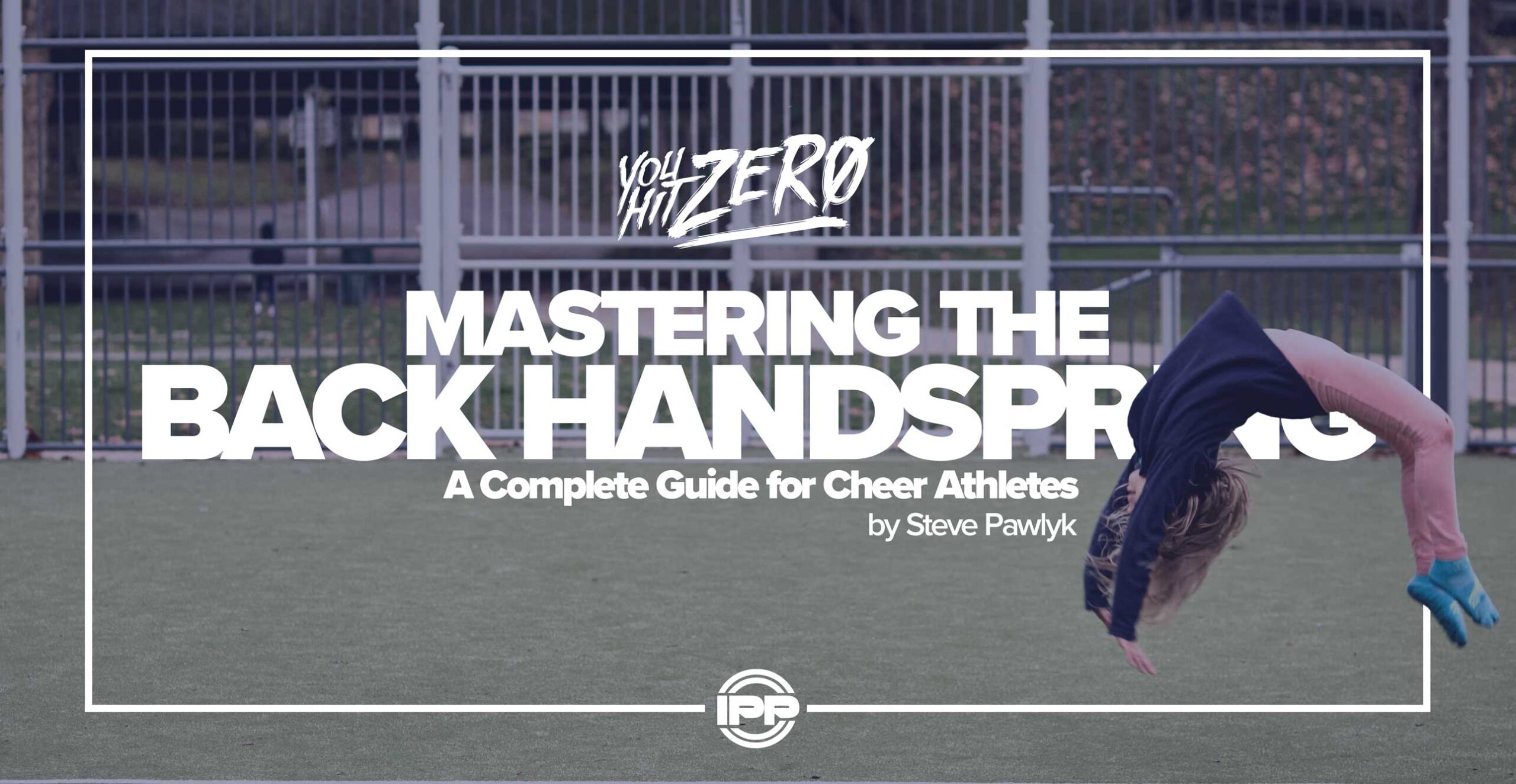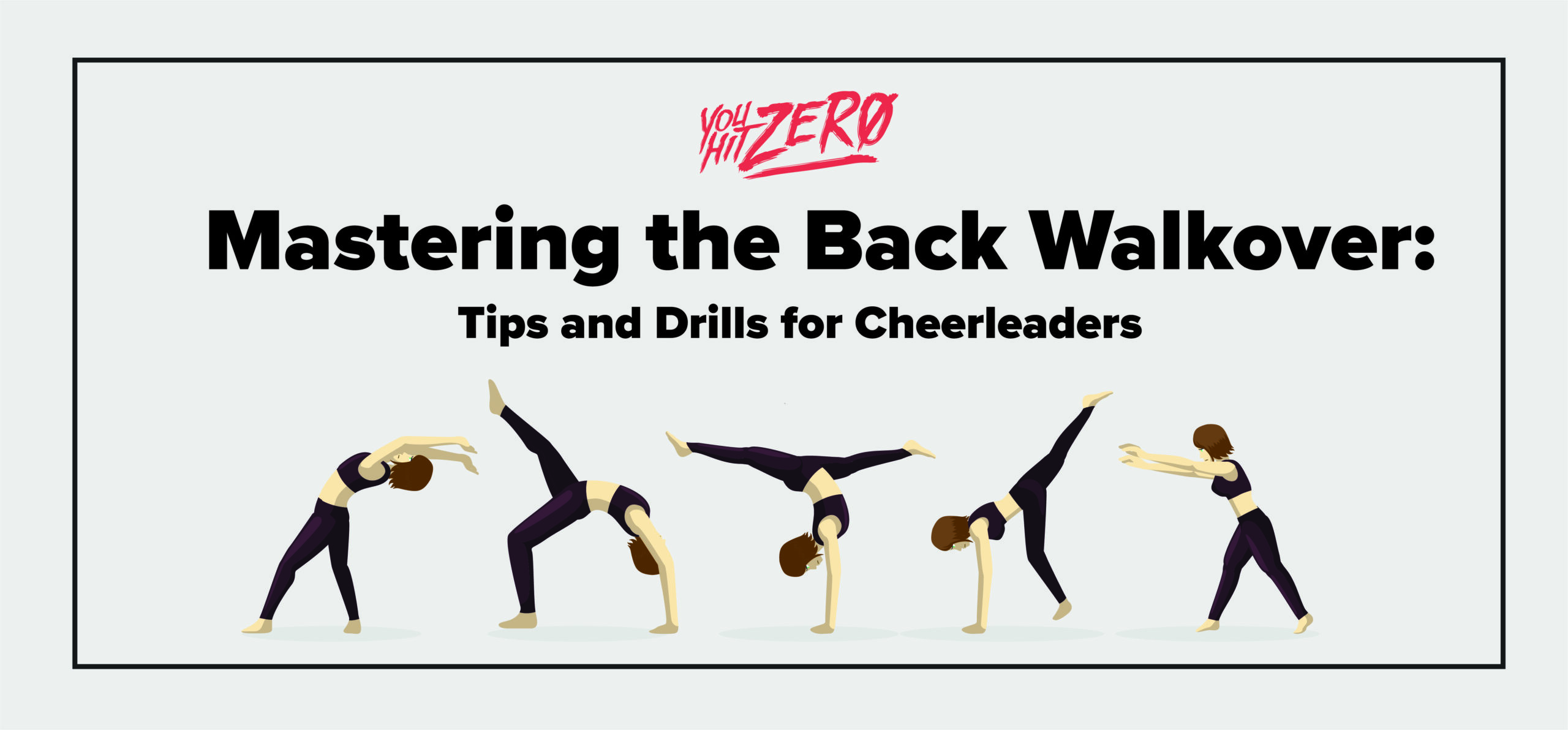By Steve Pawlyk
Published September 2, 2023
A commonly asked question on Google that’s pretty critical for the future of the sport we love so much: “Is cheerleading a white sport?” The short answer? A resounding NO. Today we’re diving deep into this topic to break down the myth once and for all. If you’re a young Black girl who’s interested in cheerleading but hesitant due to this misconception, this one’s for you.
A Little History: The Untold Diversity of Cheerleading
When we think about the origins of cheerleading, it’s easy to fall into the trap of assuming that it started as a primarily white sport. While it’s true that cheerleading was initially a male-dominated activity originating at Ivy League colleges like Princeton and Harvard in the late 19th century, its evolution tells a much broader, more diverse story.
Breaking Stereotypes and Boundaries
As cheerleading moved into the spotlight, especially with the onset of competitive cheerleading, it began to attract a more diverse group of athletes. Athletes of all backgrounds, including Black athletes, contributed to taking cheerleading from the sidelines to becoming a competitive event aired on ESPN and other sports networks. These athletes broke stereotypes and boundaries, proving that cheerleading wasn’t confined to any particular demographic.
Representation Matters
Over the years, representation has increased in collegiate cheerleading programs and in professional cheerleading leagues. Black athletes have not only joined the ranks but have often been the stars and standout performers, adding innovative moves, a rich cultural element, and unparalleled athleticism to routines. There have also been more opportunities for Black cheerleaders to step into coaching and administrative roles, further diversifying the leadership within the sport.
Influence of HBCUs
Historically Black Colleges and Universities (HBCUs) have played a significant role in promoting diversity within cheerleading. They have done so by developing strong cheer programs that provide training, scholarships, and opportunities for Black athletes to excel in the sport. Their contribution was recently highlighted when Texas Southern University’s cheer team became the first HBCU to win a title at the National Cheerleaders Association (NCA) College National Championship.
Media and Pop Culture
Movies, documentaries, and series like ‘Bring It!’ and ‘Cheer’ have showcased the diversity within cheerleading, dismantling the myth that it’s a ‘white sport.’ These productions have shown audiences nationwide the level of commitment, skill, and diversity present in modern cheerleading.
So, when we ask, “Is cheerleading a white sport?”, obviously it’s complicated. But the sport is as multifaceted and diverse as the athletes who participate in it, continually evolving to break barriers and redefine what it means to be a cheerleader. Below is a list of some incredible all-Black cheer programs that are not only dominating the cheer world but also redefining it.
Oklahoma’s Impact Extreme: Making History
Let’s start with Impact Xtreme Cheer, an Oklahoma City-based nonprofit youth cheerleading squad. Last year, this fabulous group became the first African American cheer team to win a High School NCAA National Championship. Check out their Facebook page here
Hot Topic All Stars: Where Athletes Turn into Stars
In Northern Virginia, the Hot Topic All Stars have been forming future stars since 2006. Their program is designed to boost confidence and create a sense of family among its members. Visit them here.
Crimson Heat All Stars: Two Decades of Excellence
For over 20 years, Crimson Heat All Stars in Upper Marlboro, MD, has been teaching athletes of all skill levels, promoting fun and character-building activities. Learn more about them here.
Texas Southern University: A Trailblazing Team
Most recently, the Texas Southern University Spirit Program became the first HBCU to claim a title at the National Cheerleaders Association (NCA) College National Championship in 2023. This all-Black team is making waves and breaking barriers! Check out their website here
Chicago Storm All-Stars: A Force to Be Reckoned With
The Chicago Storm All-Stars are another example of Black excellence in cheerleading. Competing at all levels from 1-5, they even have a Tiny Thunder team for our youngest cheerleaders aged 3-5. Check out their details here.
Technique Gems: More Than Just Cheerleading
Located in Chicago, Technique Gems offers much more than cheerleading; they offer a safe haven for children to express themselves creatively. Their mission is rich in mentoring and focuses on building self-esteem and self-respect. Check out their website here
Genesis Cheer Xtreme: A Community Staple
Genesis Cheer Xtreme prides itself on teaching teamwork, discipline, and hard work. Established in 2016, they’ve quickly become a community staple. Visit their website for more information.
Iconic Cheer Elite: Brooklyn’s Finest
Based in Brooklyn, New York, Iconic Cheer Elite aims to create productive members of society through the power of cheerleading. To get a sense of their awesome work, head over to their website.
Totally Awesome Cheer: A Life-Changing Program
This North Texas-based gym focuses not just on athletics but also on life skills like friendship, teamwork, and time management. Check out their website for more info.
The Cheer Hive: A Family Place
Although we’re not 100% certain this program is still running, The Cheer Hive has made a name for itself as a wonderful family place for young athletes. Visit their Facebook page to see their latest updates.
So, is cheerleading a white sport? Absolutely not. The landscape of cheerleading is as diverse as the athletes who participate in it. If you’re a young Black girl who loves cheer but has hesitated because of this misconception, we hope this article serves as your green light to go for it.
Whether you’re in Oklahoma, Chicago, New York, or anywhere else, there’s likely a program near you that will welcome you with open arms. So, what are you waiting for? Go ahead and make that jump into the incredible world of cheer.
IPP's Premade Mixes are USA Cheer Compliant and customizable! Add Sound FX, swap songs, & more! Add your Team Name to the mix for only $10!












